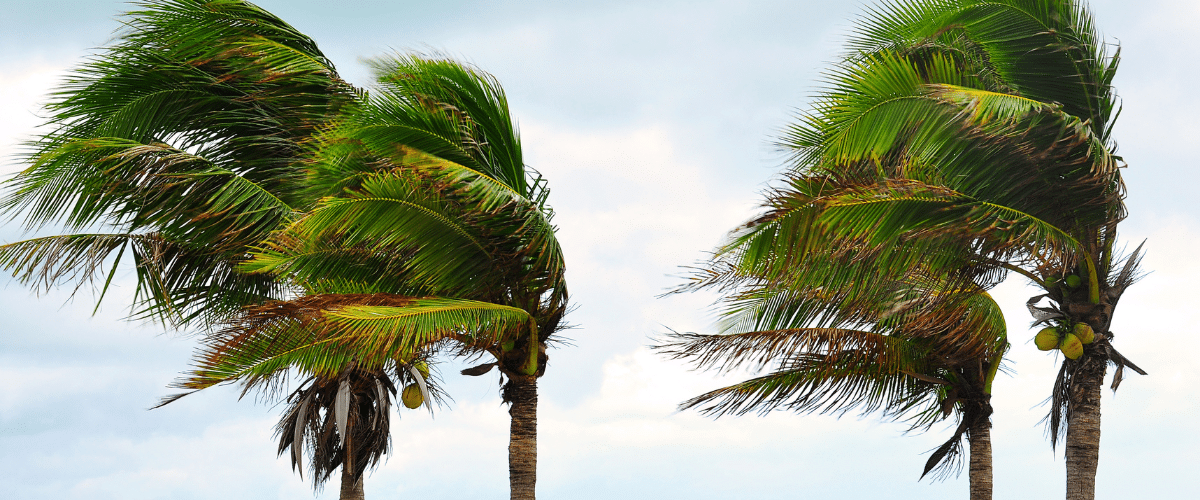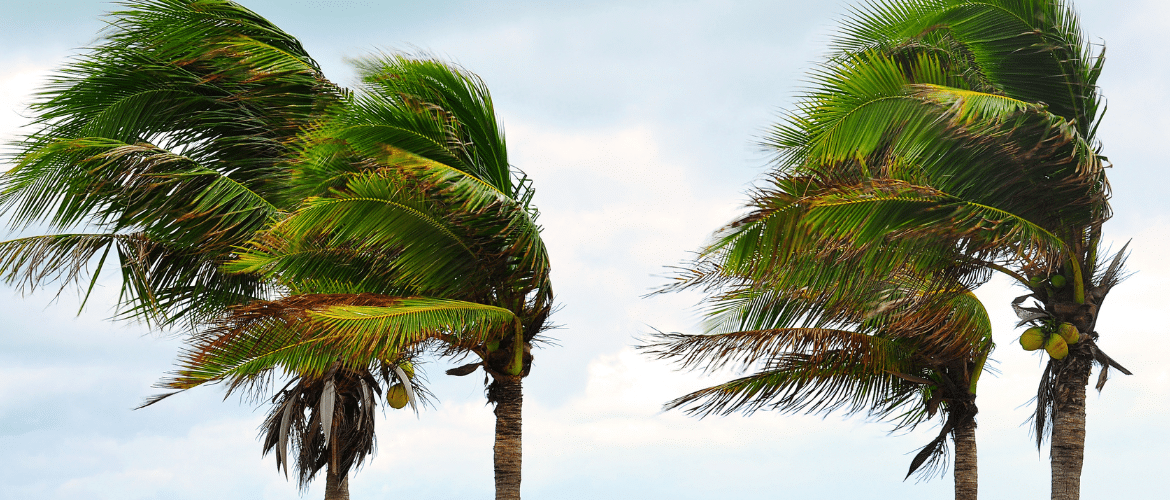Hurricane Preparedness Tips

Hurricane season for the Central Pacific Region runs from June 1 to November 30 every year. The “calm before the storm” is the perfect time to prepare for tropical weather systems’ potential threats. Taking proactive measures now will help keep you, your loved ones, and your property safe. Here are some tips to help you effectively prepare for a hurricane:
1. Know the different hurricane threat levels.
Understanding the difference between a hurricane watch and a warning is vital to ensuring your safety. A hurricane watch implies there is a possibility of hurricane conditions (sustained winds of 74 mph or higher) within the designated area. A hurricane warning indicates that hurricane conditions are expected or already occurring. When a hurricane watch is issued, it’s time to prepare your home and review your evacuation plan.
It’s important to note that once a hurricane or tropical storm warning is in effect, insurance companies will not underwrite new homeowners, renters, or personal auto insurance policies, nor will they allow any changes to existing policies. Review your policy with your agent now to make any needed updates and ensure you have the right coverage.
2. Compile a detailed home inventory.
Creating a detailed home inventory using photos and videos can prove invaluable if your personal property is lost or damaged during a hurricane or other disaster. This documentation will be helpful when filing insurance claims and applying for disaster aid. Use your smartphone camera to easily capture images of the exterior and interior of your home.
3. Have the correct documents on hand.
Having the necessary documents readily available will expedite the claims process and provide evidence of losses. These documents include insurance policies, birth and marriage certificates, wills, deeds, financial information (such as account numbers, recent tax returns, stocks, bonds, and other negotiable certificates), driver’s licenses, and other personal identification. Safeguard these documents by storing them in a secure location, such as waterproof sealable bags, or consider keeping digital copies on a computer or in the cloud in case the original records are lost or damaged.
4. Inspect your home.
Before the next major storm, thoroughly inspect your roof and promptly address any leaks. Roof leaks can lead to potential issues like wood rot and mold. Additionally, inspect your home’s gutters and downspouts. Clearing any clogs ensures rainwater drains effectively and diverts it away from your home’s foundation, reducing the risk of water damage. These proactive steps will help protect your home and minimize potential problems during severe weather events.
5. Trim tree branches regularly and put away loose objects.
Regularly trim tree branches and secure loose objects to mitigate risks associated with hurricane-force wind, as they can shatter windows, putting your family in danger and causing further damage to your home during a storm.
6. Invest in Hurricane Clips
If your home was built before 1988, it’s a smart idea to install hurricane clips to keep your roof from blowing off. This investment can prevent catastrophic structural damage to your home.
7. Review your homeowners or renters’ policy coverage with your agent
Reach out to your insurance agent to ensure you have adequate coverage for your needs. If you’ve made improvements to your home, you may need additional coverage on your policy. It’s also a good time to check your deductibles. Make sure you know what you’ll be expected to pay if a hurricane damages your property.

